Recent studies suggest that there may be a connection between low levels of vitamin D and dementia risk.
Researchers revealed that vitamin D deficiency might play a role in dementia development.
Note that the particular vitamin is essential for good health because it plays a significant role in the prevention of various health conditions like hypertension, multiple sclerosis, and diabetes amongst others.
Vitamin D and the Risk of Dementia
Vitamin D which is a group of secosteroids helps the intestines to absorb zinc, calcium, phosphate, magnesium, and iron.
The vitamin is also important to bone metabolism.
Does Vitamin D Deficiency Enhance Aging Proces?

It is still not clear about the role that vitamin D plays concerning the aging process, cognition, and brain function.
Some studies reveal that the vitamin may be involved in several processes that relate to cognition, but more research needs to be done to understand this relationship better.
Humans mainly absorb vitamin D from sunlight and it also occurs naturally in some foods like different types of fish, cod liver oil, beef liver, orange juice, milk and yogurt that have been fortified with vitamin D.
Statistics indicate about 40-75% of adults suffer from vitamin D deficiency.
Now that you are aware of the importance of the vitamin in the human body, let’s go ahead and learn about the connection between vitamin D and dementia.
Studies Investigating the Link between Dementia and Vitamin D Deficiency

One of the studies trying to unearth the connection between the deficiency and the neurodegenerative disease was conducted by an international research team.
The experts followed over 1,600 participants for 6 years. All the participants were seniors.
The researchers discovered that elderly persons with severe vitamin D deficiency were two times likely to develop dementia and Alzheimer’s when compared to the seniors who had adequate vitamin D levels.
The persons with a severe deficiency (less than 25nmol/l) recorded a 125% increased dementia risk while the ones who had mild deficiency (between 25-50nmol/l) has a 53% risk.
David Llewellyn who was the lead author from the University of Exeter Medical School explained that the primary aim of conducting the research was to know if there was a connection between low levels of vitamin D and dementia & Alzheimer’s risk.
He said that the results were quite surprising because they found that the association between the diseases and the deficiency was twice as much as the team had projected.
Vitamin D Deficient Individuals Show Cognitive Decline Symptoms

Another study confirming the link between vitamin D and dementia had experts observing 858 adults who were above the age of 65. They published their findings in an issue of The Archives of Internal Medicine.
They found that the participants who had low levels of vitamin D in their blood i.e. less than 25 nanomoles for each litre of blood were 60% more likely to show cognitive decline symptoms.
31% were more likely to show a decline in executive function/prioritizing, planning, and organizing than the ones who had enough vitamin D in their blood.
A different study published in JAMA Neurology adds to the evidence that links cognitive decline to low vitamin D levels. The study had 382 participants with an average age of 75.5 years.
Among the group some people were healthy, others had mild cognitive decline, and the rest already had dementia. The research went on for 5 years and every year researchers took blood tests to evaluate the levels of vitamin D present in all the participants.
They found that the group that had dementia had a lower vitamin D average than the other two groups. The experts also conducted cognitive tests in a bid to evaluate semantic memory, episodic memory, executive function, and visual perception.
The results of these tests indicated that group members who had lower vitamin D levels demonstrated a greater decline in both episodic memory and cognitive ability.
This led the authors of the study to believe that there is a link between cognitive decline and vitamin D deficiency.
Can Vitamin D Supplementation Slow Cognitive Decline?

The researcher, however, noted that the study did not necessarily prove that the two have anything in common. The authors acknowledged that it is still not clear whether vitamin D supplementation can slow down cognitive decline.
UC Davis researchers will be conducting yet another study that will determine whether high doses of vitamin D can help in the prevention of memory loss.
This is after they got a financial boost from the National Institutes of Health to the tune of $4.7 million.
The researchers are embarking on a 5-year journey from 2018 where they will be testing the use of supplements in various populations.
They want to get first-hand information on whether supplementation can help prevent cognitive decline in seniors and whether the association is stronger in Latinos and African-Americans.
The leader of this research professor of neurology John Olichney is on record saying that vitamin D deficiency normally affects the elderly because the skin does not effectively synthesize the vitamin as people grow older.
He states that the problem is more rampant in persons who have darker skin.

The study will follow 180 participants in the East Bay and Sacramento regions.
Among the group a third will have normal cognition, another third will have isolated memory loss, while the rest of the group will have mild Alzheimer’s dementia.
Every participant will get Vitamin D supplements. Half the group will be on a high dosage- 4,000 units daily while the rest will get standard intake that comprises 800 international units as the Institute of Medicine recommends.
We have to wait for the results of this study to get a better picture of the relationship between vitamin D and dementia.
Closing Remarks
While some studies show strong links between dementia development and vitamin D deficiency, researchers cannot conclude that vitamin D deficiency results in dementia.
On the flip side, some studies have found that there is no association between vitamin D and dementia. It goes to show that further research and clinical trials are necessary to establish cause and effect.
This will give a conclusive answer on whether adequate levels of vitamin D can treat or prevent dementia.









 neurological dementia signs” width=”1000″ height=”788″ class=”alignnone size-full wp-image-11129″ />
neurological dementia signs” width=”1000″ height=”788″ class=”alignnone size-full wp-image-11129″ />


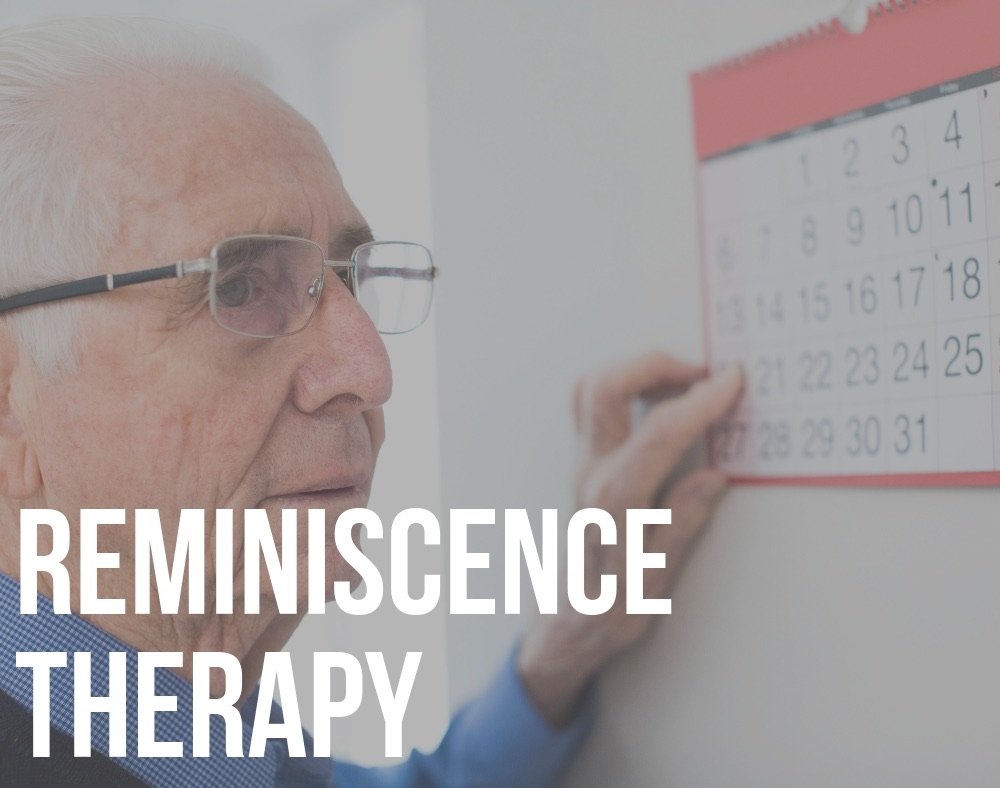

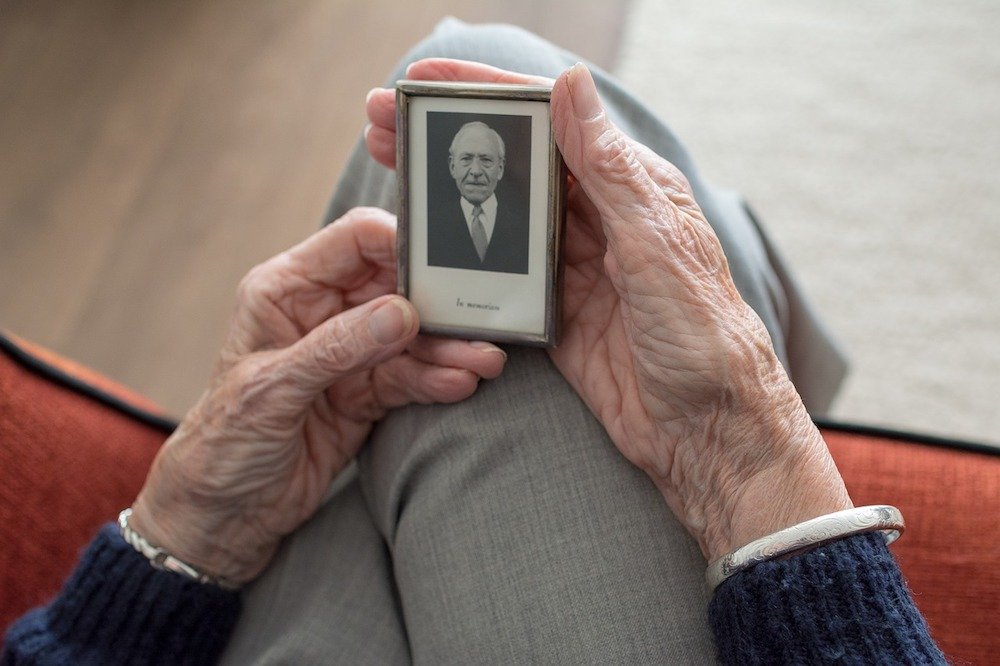




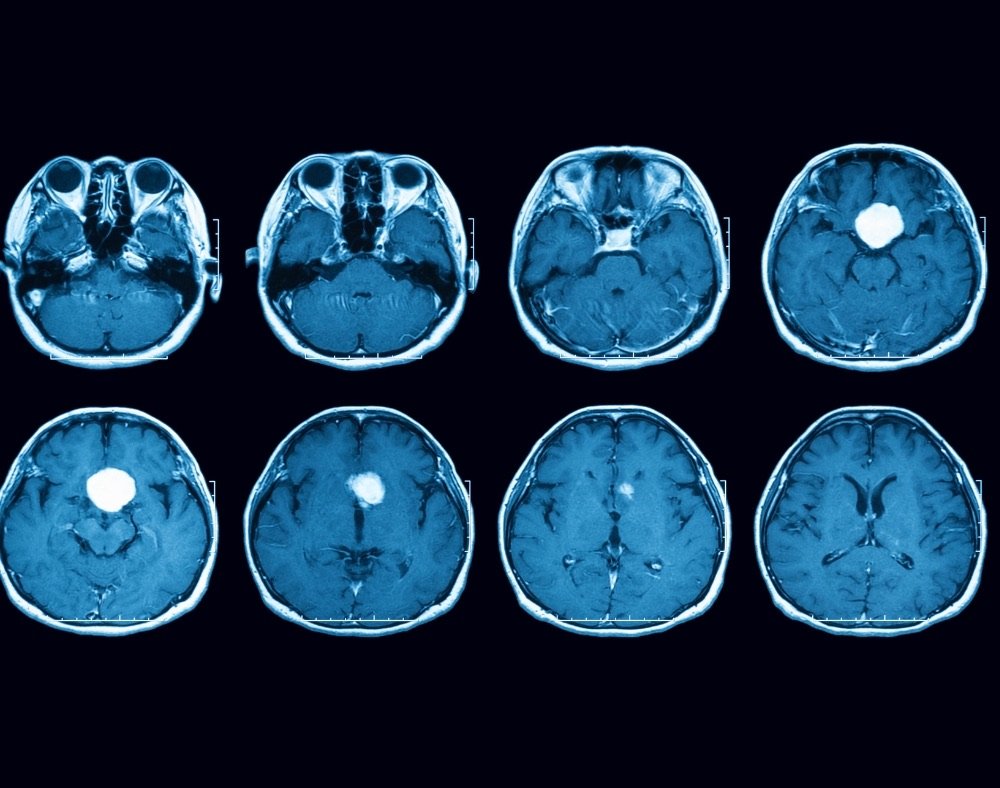














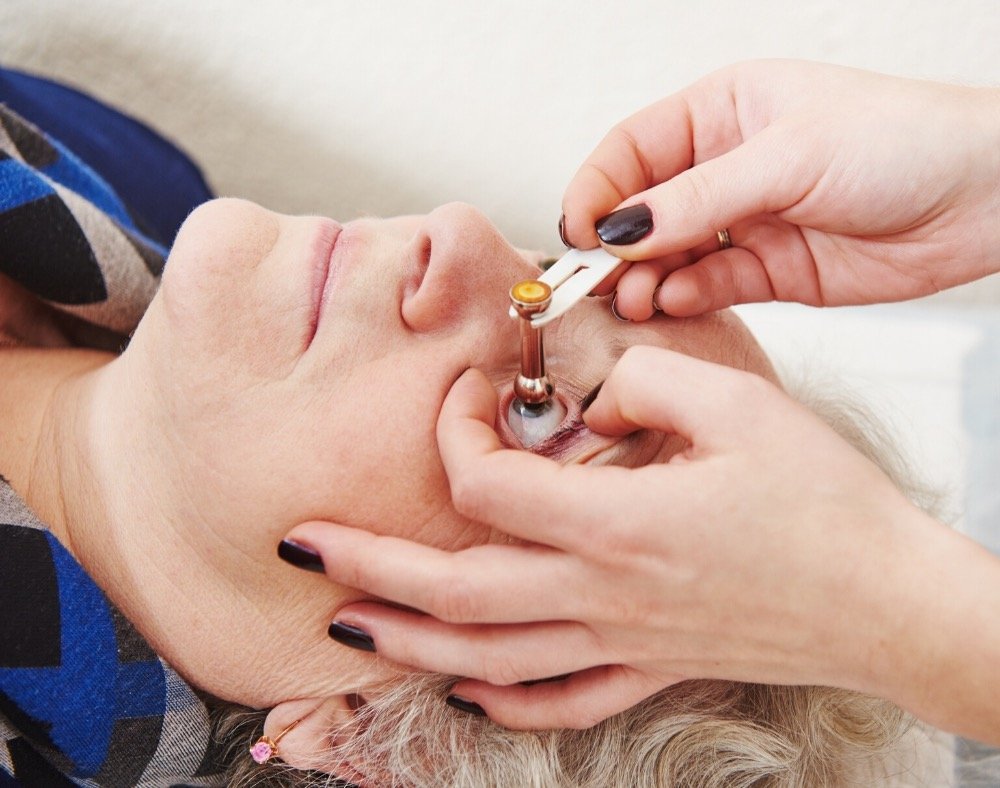












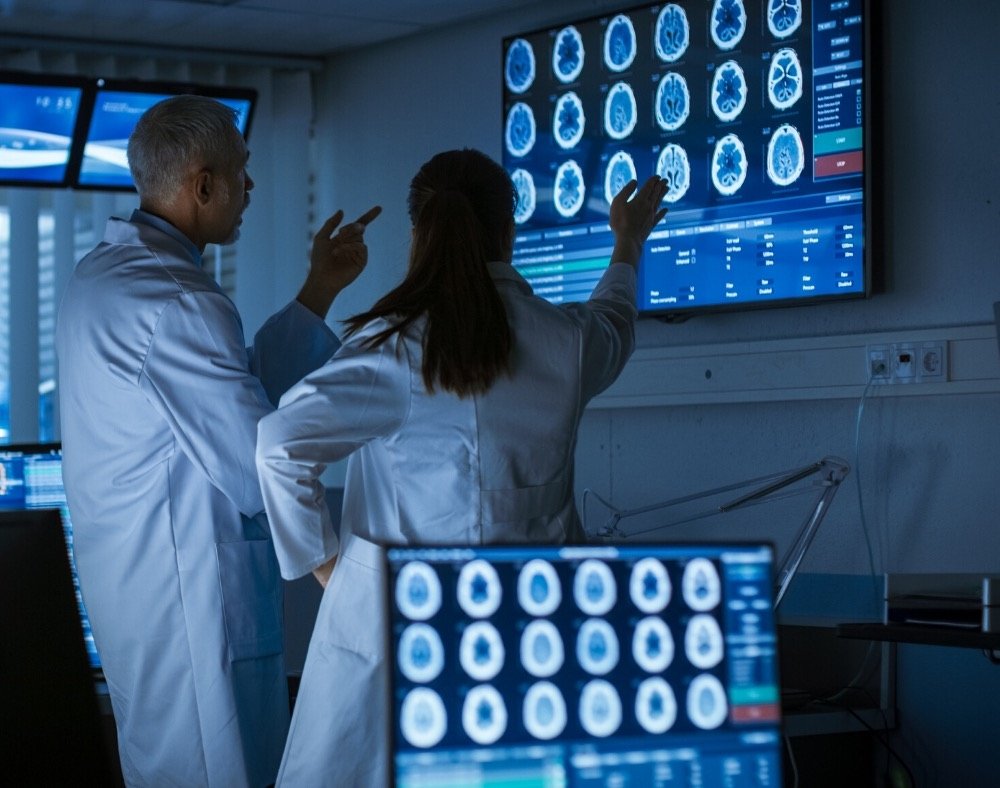





![Doll Therapy Dementia [Know the Pros and Cons] doll therapy dementia](https://readementia.com/wp-content/uploads/2020/03/doll-therapy-dementia.jpg)




















